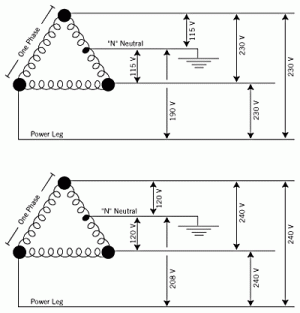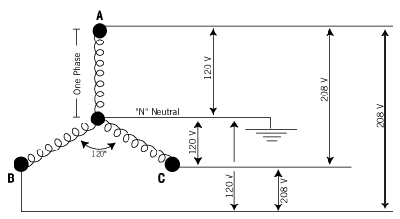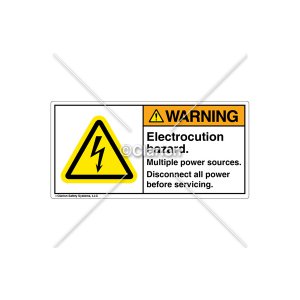- Joined
- Dec 8, 2013
- Messages
- 2,651
Sure you can. You'd need to remove the cord and plug from the first one and rewire with the correct color code (and provide a ground, of course). I wouldn't do it, though.I don't think that you can use 2 hots and no neutral on these lights.
In the US we also have 480, which is 3Phase 177 per leg. 177+neutral is used mostly for lighting. I have never seen it used for anything else.
I think you mean 480 phase to phase 277 phase to neutral. That's commonly used for lighting in large buildings with the lights connected phase to neutral. Gives interesting results when the electricians manage to drop the neutral halfway down a long hallway.




